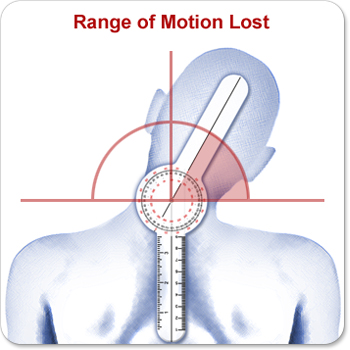
Joint pain is a common complaint in Gulf War Veterans. DeLuca and Mitchell criteria apply to all joint assessments as part of a Gulf War General Medical examination. In the DeLuca v. Brown case, the US Court of Appeals for Veterans Claims (CAVC) found that VA’s method of assessing joint disabilities for rating purposes was inadequate, as VA examinations did not account for additional limitation of function due to pain on movement, weakness, excess fatigability, or incoordination, including during repetitive use or during flare-ups.
As a result of the DeLuca case, these additional factors must be considered for each joint examined to ensure that functional impairment is not underestimated:
- Pain on movement that limits function, including during repetitive use and flare-ups
- Weakness
- Excess fatigability
- Incoordination
The Mitchell v. Shinseki case of 2011 emphasized the importance of any functional loss on repetitive use over a period of time or during flare-ups, especially due to pain. For a C&P examination, a flare-up is generally regarded as any temporary or recurring significant increase in signs or symptoms associated with the condition. If there are flare-ups of a joint or limb condition, you should report the duration, frequency, and severity of the flare-ups as described by the claimant.
For documentation purposes, limitation of motion should be expressed when possible in degrees of range of motion lost due to pain on use or during flare-ups.